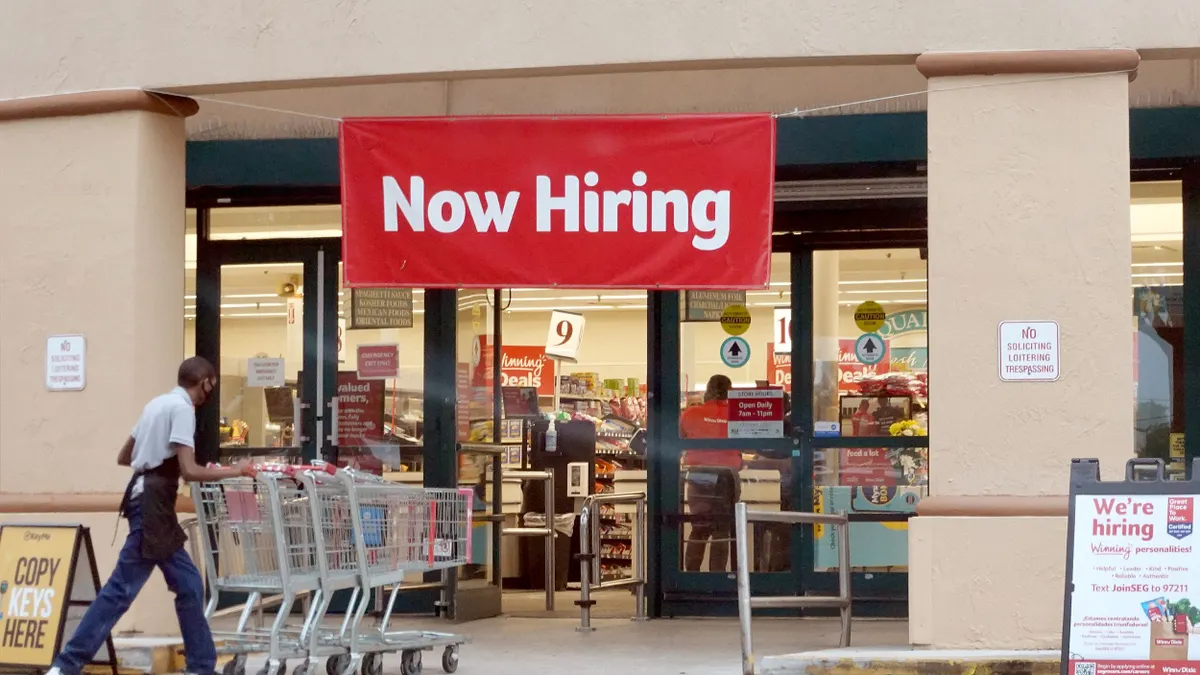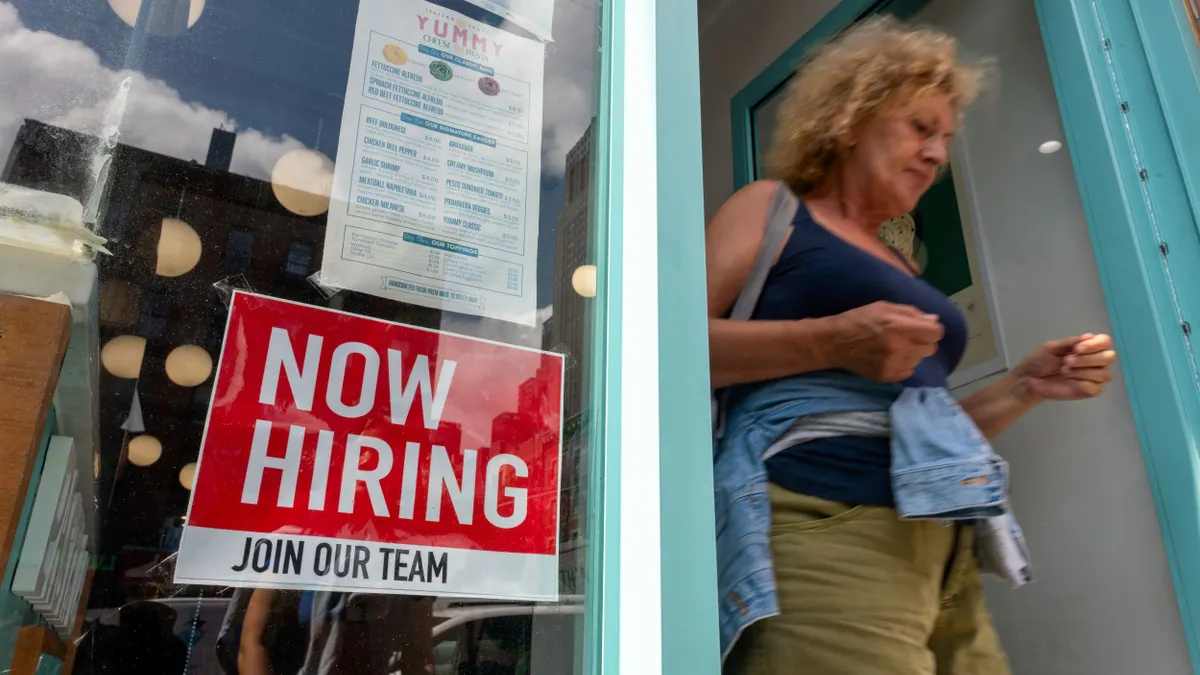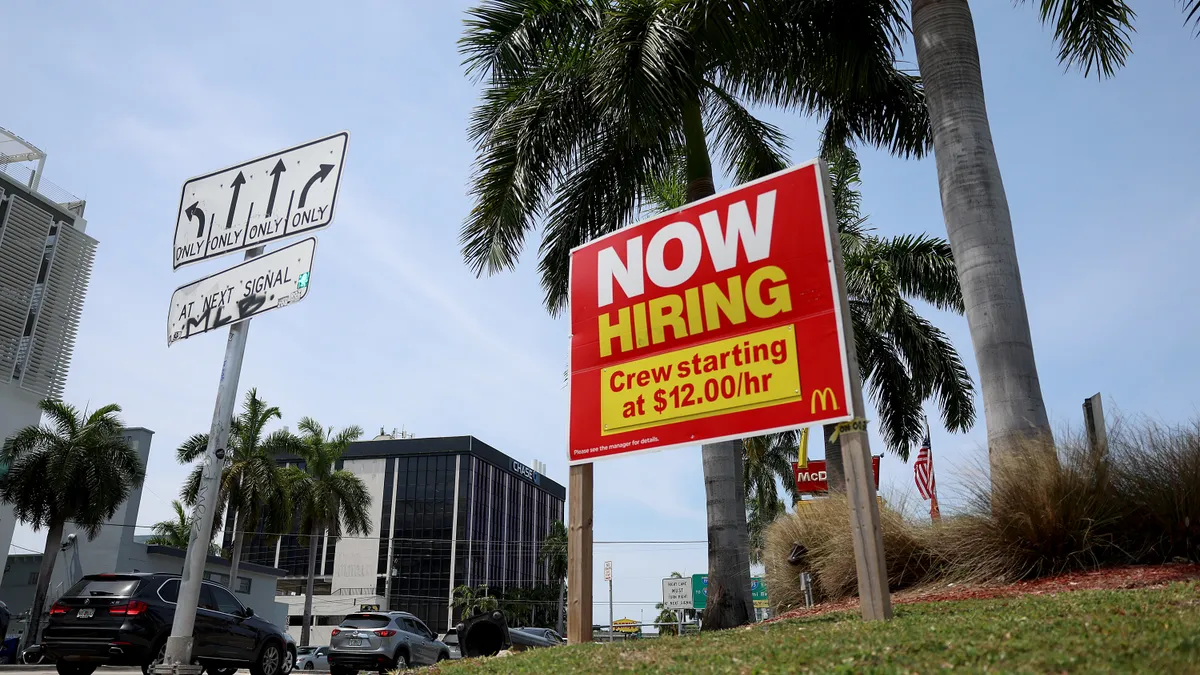Trending across the country are intern-style programs that focus not on new grads, but on talent that took time away from their careers and want to rejoin the workforce.
Known as "returnships," these programs are on the rise for a variety of reasons and in a number of categories, but all are aimed at helping skilled workers prep for the demands they'll face as they return to work.
Returnship programming typically targets professional-level workers who have stepped off their career path to raise a family, become a caregiver or serve in the military. For workers, these types of programs create a path to reenter the workforce and update their skills. For businesses, they represent a pipeline of talent that already knows the ropes and just needs some training on the newest ways to get the job done.
Case studies
Returnships can be a perfect vehicle for employers to engage with professionals seeking to return to work because they allow the employer to engage with the "relauncher" on a temporary basis before making a decision to hire them, Carol Fishman Cohen, chair and co-founder of iRelaunch, told HR Dive. "This 'de-risks' the hiring decision to the extent managers consider engaging with people coming off of a career break as a high-risk proposition," she said.
Cohen says adoption is up. "Not only are we holding more conferences and events than ever before, but our consulting arm in which we do manager and recruiter training and orientation sessions for career reentry programs is growing especially fast," she said. Specialized areas, like STEM, are seeing a particular uptick in career relaunches. IBM's Tech Re-entry, GM’s Take2, Johnson & Johnson’s Re-Ignite and more are returnship opportunities ready to tap into this talent pool.
At Deloitte, its Encore program has taken off. With input from its extensive alumni network, the company saw interest emerging and created the platform. In the more than three years the program has been in operation, the conversion rate to hires is almost 100%, Diane Borhani, director of evolving workforce strategy and innovation for the company told HR Dive. "We’re looking at a workforce that is proven," she says, "but out of the mainstream. They have an interest in returning to work, but not a lot of opportunities."
Encore runs along business cycles, similar to other internships: most candidates start the cycle in September or just after the first of the year. With eight-week to 16-week programs, it provides opportunities for the returner to do meaningful work, and for the manager to really evaluate skills.
"These are workers who understand the culture and expectations of the workforce," Borhani said. "They understand how to manage work/life balance and come with a readiness factor. They know what they want, and are committed to getting it done." The only downside? The program has been so in demand that it caught Deloitte off guard; it's now working to expand the initiative.
The fine print
When adopting a returnship program, it's important to remember that stereotypes can't come into play. "Men are caregivers, too," said Allison Kahn, labor and employment attorney at Carlton Fields, "Employers should be careful not to target programs specifically to women as that might be considered discriminatory." She recommends targeting professionals rather than a specific group to limit risk, even if the programs mainly attract specific groups.
Additionally, the focus should be on experience and accomplishment, rather than on gaps in service. Looking at cumulative experience is important: compare uninterrupted and interrupted service fairly to avoid any equal pay violations. "After a candidate completes a returnship program," she said, "employers should assure they’re being compensated at the same pay rate as colleagues performing the same work."
It is important to understand the rules around unpaid work, too, Mark E. Spund, head of the employment law practice at Davidoff Hutcher & Citron LLP, told HR Dive. "The [U.S. Department of Labor] recently put forth new guidelines on unpaid internships," he said. If returnships are unpaid, businesses would be wise to follow the same guidelines to ensure there are no violations of local or federal laws.
Unexpected benefits
These programs can have additional benefits, for both employees and employers. "Companies recognize that there is a highly experienced talent pool that they aren't currently tapping into," Tami M. Forman, executive director at Path Forward, told HR Dive.
The group asks corporate partners to focus on applicants with a minimum of five years' professional experience and at least a two-year break in service, regardless of why they took time away from work. They see about 85% of their graduates employed full-time within six months of completing the program, she said.
"The plusses have been many," Forman said. "One I didn’t anticipate was the handful of women who had full-time offers but chose to do a Path Forward returnship anyway. They perceived the additional support — from both the company and Path Forward — would make them more successful in the long term."
Many companies that advertise returnship programs also find that, in addition to tapping into a new applicant pool, corporate culture is enhanced. The perception that the company is flexible when it comes to caregiving is a means to attract and retain talent.
For specific industries, particularly tech, looking to increase gender parity among the ranks, returnships — although not exclusive to women — may be an excellent path to increase female participation.
Returnships offer the possibility of improving culture and diversity while broadening an employer's talent pool. When implemented properly, they could well be a game-changer for employers' talent acquisition efforts.




















